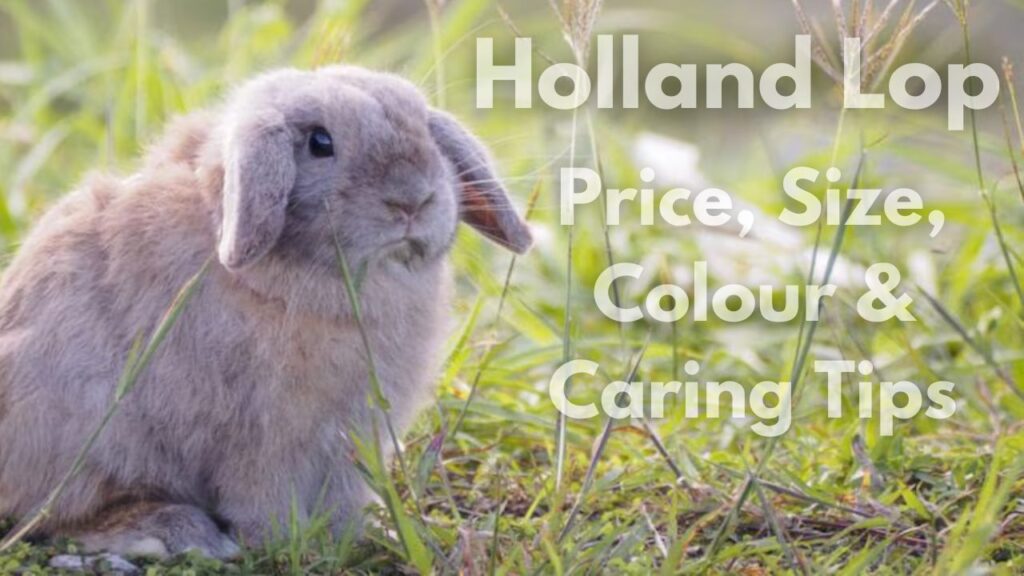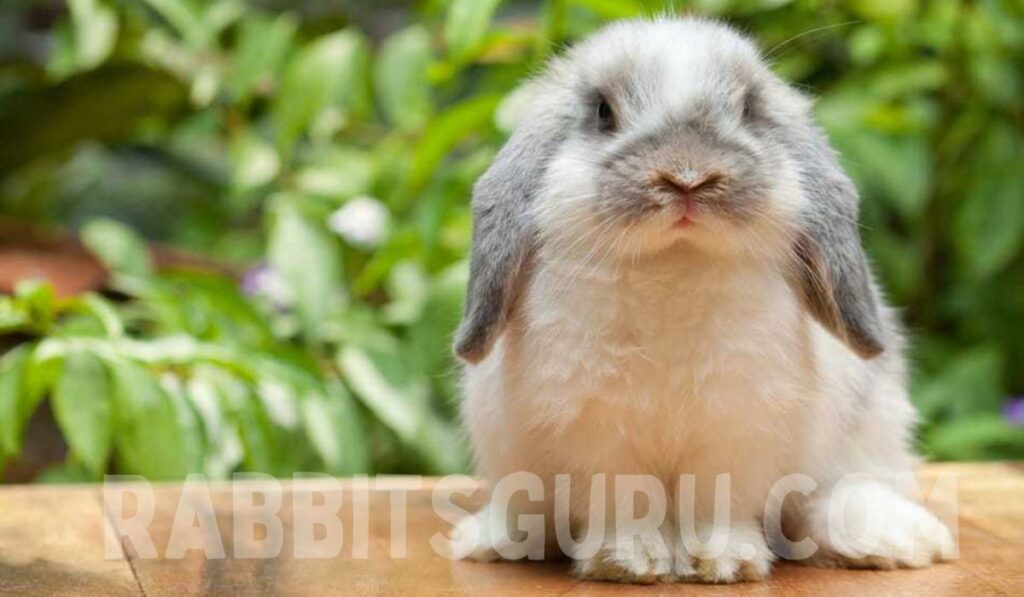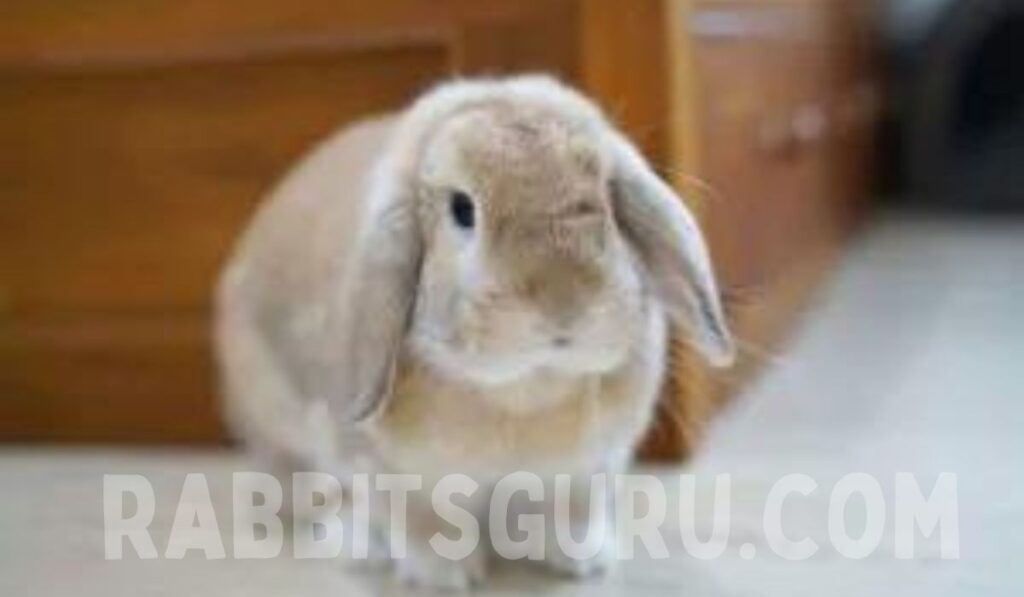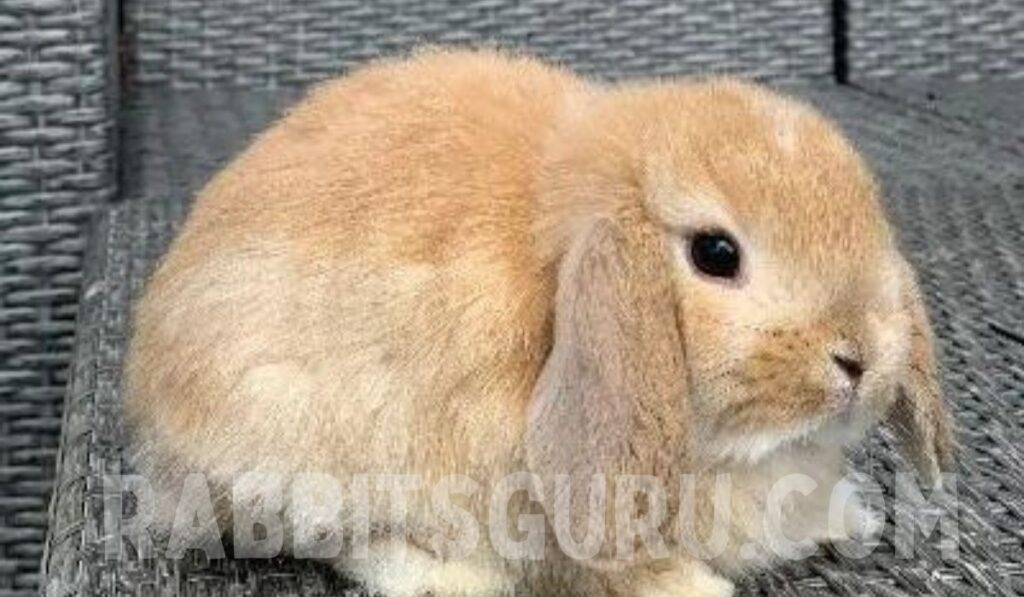Holland Lop Rabbit: Price, Size, Colour & Caring Tips
Tilburg Netherlands based rabbit breeder Adriann De Cock initially created the Holland Lop rabbit breed. The Holland lop was created by breeding a large French lop rabbit with a small Netherlands dwarf rabbit.
Holland Lops can grow up to ten years and weigh up to four pounds when fully grown. More than 30 distinct coat color and pattern variations are recognized by the ARBA. This type of rabbit should ideally have a large head with a small round nose and characteristic floppy ears that hang over the face.

What is Holland lop?
Lop eared rabbits called holland lops are the smallest of all eared rabbits, making them ideal beloved pets for those who just want a cute paw or don’t have much space. Originally from the Netherlands, the Holland Lop has become famous as the world’s most beloved pito rabbit.
Dutch rabbit and French and English lop eared rabbits are crossed to produce Holland lops. In 1964 the governing of the Netherlands formally accepted it and in 1979 the American Rabbit Breeds Association gave its formal approval.
Physical Appearance of the Holland Lop Rabbit

When stretched, an adult Holland lop is 10-12 inches long, 4-5 inches tall and weighs 2-4 pounds. They are about the same width and height. They are also incredibly lively and affectionate pets.
Holland lops range in color from light brown to dark brown and all shades in between depending on the fur tone.
Description
Holland lops turn the cuteness meter all the way up. Their small size and ear-shaped appearance usually melts people’s hearts.
The Holland Lop has an average length of rollback fur and those characteristic people ears.It weighs no more than four points.
Caring for Holland Lop
The Holland lop has also been reported to have a life span of ten to twelve years with some individuals living up to fifteen years.
Generally they are immune to genetic diseases and like any other species parasites can cause serious health problems. In general, Holland lop plants are easy to care for. The hair coat will need to be brushed, other drinks and a comfortable safe place to sleep will be required.
You should brush them once a week to prevent the coat from mating Nail care and grooming Once a month you should brush them more frequently when they are shedding Like cats, Hollands can develop hairballs and pick on themselves.
Their teeth are constantly growing like their fingernails Toys and food for everyone They need a lot of everything to help keep their teeth in the right position and shape Timothy You should always have grass or garden grass available.
Choosing a Holland lop

Buying a Holland lop is not an expensive endeavor. A quality show rabbit will cost more. Since holland lops are gregarious animals, having a companion can be beneficial if you are gone for a long period of time. When choosing your holland lop, you should look for a healthy gregarious rabbit.
1. Eyes
Eyes dry wide focused and alert Your movements should be easy to follow.
2. Nose
There should be no sign of discharge and dry nose.
3. Ears
Unscented and unblemished ears are ideal as they should not have to endure a lot of constant scratching.
4. Claws
But those who should be neat should not be yellow or crusty as this suggests that they are clearing their nasal discharge.
5. Butt
The OT belly and undertail area should be dry and clean with no unpleasant or rancid smell.
6. Fur
Their hair should be smooth and velvety, not dull or matted.
7. Teeth
The upper and lower teeth will overlap slightly.
8. Movements
If the rabbit is roaming freely, they may come up to you and show their affection.
Holland Lop Health Problems

Although Holland Blocks do not have any inherited health conditions, they are prone to many diseases when these bunnies are young, so pet health is still a wise investment to consider.
Ear infections:
Because of their distinctive floppy ears, Holland Lop rabbits require a little more maintenance than other breeds. Mature Holland Lop ears are 4-5 inches in length when close to the face. Frequent ear infections can occur.
Digestion is impaired:
Rabbits in general have a sensitive digestive system. Gastrointestinal problems can be avoided with a healthy diet that includes an endless supply of hay, small amounts of strong gaya tha jai greens and plenty of clean water, as well as frequent exercise sessions outside the cage.
Rabbits often have gastrointestinal (GI) stasis at this stage, although they are prone to vomiting, and food moves more slowly through their GI tract, and they eventually stop defecating as their normal GI bacteria stop eating.
A Hair’s breadth eclipse:
Also careful keepers, they lick themselves clean and frequently eat large amounts of fur during the two weeks of the year when they need special cleaning staff.
Dental problems:
Abundant grass gives everyone sports and tooth decay, and a balanced diet of rich pellets and fresh greens can exacerbate dental problems such as large or misaligned teeth. Rabbits’ teeth grow at a rate of approximately two mm per week throughout their lives. Giving them safe wooden chew toys will help brush their teeth
Seconds to dental problems include this
- Decreased or absent appetite
- Dropping food
- Small stools
FAQs
Q1. Are Holland Lop Rabbits a Good Choice for Pets?
In general, Holland people make excellent pets, but they grow up in quiet and minimalist homes with adults or older children.
Q2. Does the Holland lop require a lot of care?
Rabbits in general have very specific nutritional needs and additionally the Hollen Lopa requires more ear cleaning than the Pointed Eared Shashank.
Q3. Is Holland lop too much for rabbits?
Being laid back, Holland Lops usually like to spend quiet time with their human family members.
Also Read: Caring for a Rex Rabbit
